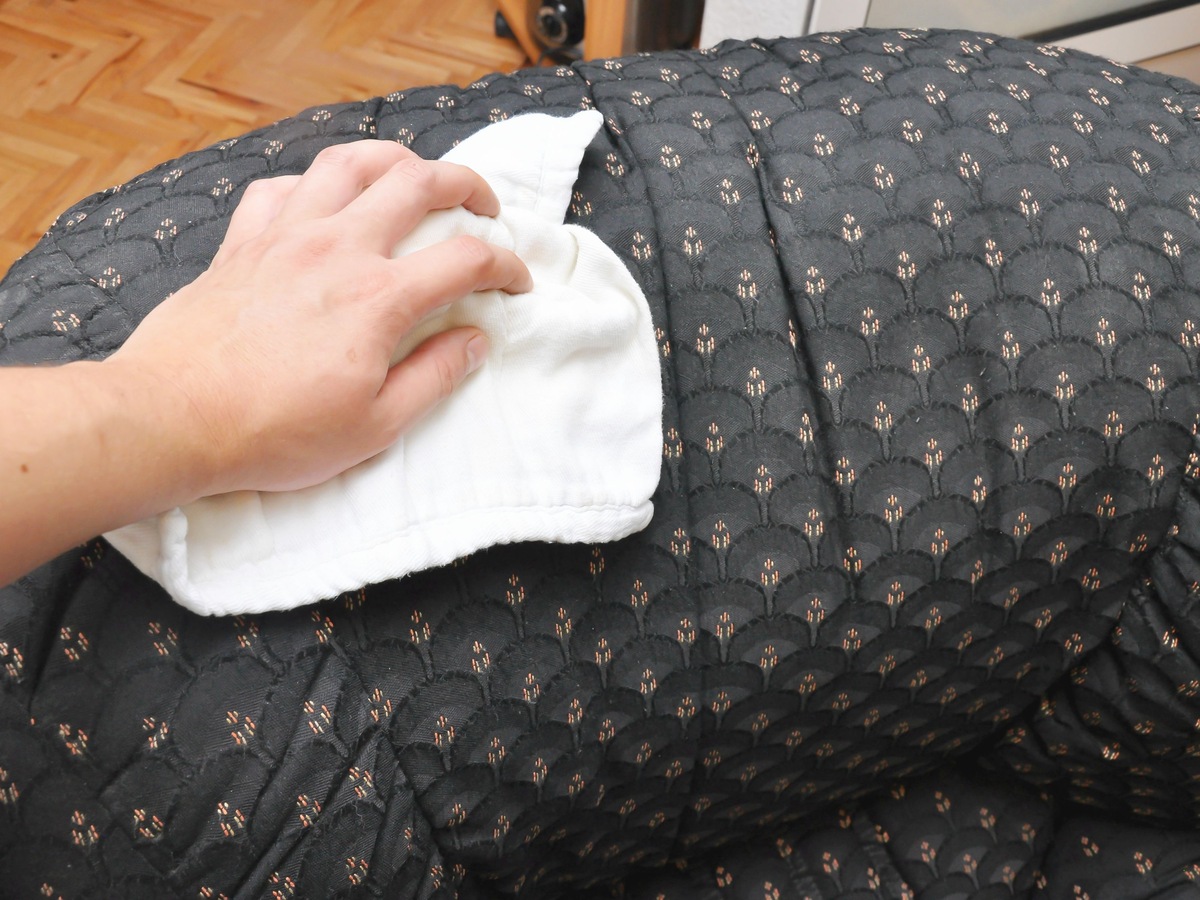

Tableware
How To Get Mold Out Of Tablecloths
Modified: August 22, 2024
Learn effective techniques and tips to remove mold stains from your tablecloths and keep your tableware looking fresh. Say goodbye to unsightly mold with our helpful guide.
(Many of the links in this article redirect to a specific reviewed product. Your purchase of these products through affiliate links helps to generate commission for Storables.com, at no extra cost. Learn more)
Introduction
Welcome to our comprehensive guide on how to get mold out of tablecloths. Mold growth on tablecloths can be frustrating and unsightly, but with the right techniques and strategies, you can effectively remove mold and restore your tablecloths to their former glory.
Mold is a common problem in households, particularly in areas with high humidity or poor ventilation. When tablecloths are stored in damp or humid conditions, they become susceptible to mold growth. The presence of mold not only ruins the appearance of the tablecloth but can also pose health risks, especially for those with allergies or respiratory conditions.
Fortunately, with proper cleaning and treatment, you can eliminate the mold and prevent it from reoccurring. In this guide, we will walk you through the process of understanding mold on tablecloths, preparing for mold removal, removing mold from tablecloths, washing and treating tablecloths after mold removal, and preventing mold growth in the future.
Whether you have a cherished heirloom tablecloth or simply want to maintain the cleanliness of your everyday table linens, this guide will equip you with the knowledge and techniques needed to tackle the mold problem head-on.
Before we delve into the specific steps and methods, it’s important to note that different fabric types may require different approaches. Always check the care label or manufacturer’s instructions on your tablecloth to ensure that you use the appropriate cleaning methods. Additionally, it is advisable to test any cleaning solutions or treatments on a small, inconspicuous area of the tablecloth to ensure compatibility and to avoid any potential damage.
Now that we have set the stage, let’s begin our journey into the world of mold removal and tablecloth restoration!
Key Takeaways:
- Say goodbye to moldy tablecloths with our comprehensive guide. From removal to prevention, keep your table linens clean and pristine for every occasion.
- Understand, remove, and prevent mold on tablecloths with our expert tips. Safely restore your cherished linens and enjoy mold-free dining experiences.
Read more: How To Get Mold Out Of A Hammock
Understanding Mold on Tablecloths
Before we dive into the process of removing mold from tablecloths, it’s important to understand the nature of mold and its impact on your table linens.
Mold is a type of fungus that thrives in warm, damp environments. It can easily grow on various surfaces, including fabrics like tablecloths. Mold spores are present in the air around us at all times, but they need moisture and organic material to grow and multiply.
When a tablecloth is exposed to excess moisture, such as spills, high humidity, or improper storage, it provides an ideal breeding ground for mold. The mold spores land on the damp fabric and begin to grow, forming visible patches of mold that can range in color from black, green, or even pink.
Aside from the visible signs of mold, it often produces a musty odor that can be quite unpleasant. This odor can persist even after the visible mold is removed, so it’s crucial to address both the appearance and odor issues when dealing with mold on tablecloths.
Mold is not only unsightly but can also pose potential health risks. Some individuals may be more sensitive to mold than others, and exposure to mold spores can trigger allergic reactions, respiratory issues, and other health problems. Therefore, it’s essential to take swift action when you notice mold growth on your tablecloth.
It’s worth mentioning that different types of fabric may be more susceptible to mold growth than others. Natural fibers such as cotton, linen, and silk are particularly prone to mold infestation due to their organic composition. However, synthetic and blended fabrics are not exempt from mold growth either, especially if they are exposed to prolonged moisture.
Now that you have a basic understanding of mold on tablecloths, it’s time to move on to the next step: preparing for mold removal.
Preparing for Mold Removal
Before you begin the process of removing mold from your tablecloth, it is crucial to take the necessary precautions and prepare yourself for the task at hand. Here are some key steps to help you get started:
1. Safety First
Mold can release spores into the air, which can be harmful if inhaled. Therefore, it is essential to protect yourself during the mold removal process. Wear gloves, a face mask, and protective eyewear to minimize direct contact with the mold and to prevent the inhalation of mold spores.
2. Choose the Right Location
It’s advisable to remove the moldy tablecloth in a well-ventilated area. This will help prevent the spread of mold spores to other parts of your home. If possible, choose an outdoor area or a garage with open doors or windows. Avoid removing the moldy tablecloth in an enclosed space, as it could lead to the release of mold spores into your living environment.
3. Gather Your Supplies
Make sure you have all the necessary supplies before you begin the mold removal process. This includes a soft brush or sponge, a bucket of warm water, mild detergent or vinegar, a clean cloth or towel, and a waterproof container for transporting the tablecloth.
4. Prepare the Tablecloth
Lay the moldy tablecloth on a clean, flat surface. If the tablecloth is delicate or has intricate detailing, handle it gently to avoid causing any further damage.
5. Test an Inconspicuous Area
Before applying any cleaning solution to the entire tablecloth, it is important to test it on a small, inconspicuous area first. This will ensure that the cleaning solution does not cause any discoloration or damage to the fabric.
6. Remove Loose Mold Spores
Use a soft brush or sponge to gently brush away any loose mold spores from the surface of the tablecloth. Be cautious not to vigorously scrub, as this could cause the mold to spread further.
By following these preparation steps, you will be well-equipped to tackle the mold removal process effectively and safely. In the next section, we will guide you through the steps to remove mold from your tablecloth.
Removing Mold from Tablecloths
Now that you have prepared yourself and gathered the necessary supplies, it’s time to start removing the mold from your tablecloth. Follow these step-by-step instructions to effectively eliminate the mold:
1. Shake or Brush Off Excess Mold
Begin by gently shaking the tablecloth to remove any loose mold spores. If there are visible mold patches, use a soft brush or a dry cloth to brush off the surface. Be careful not to scrub too harshly, as this could damage the fabric.
2. Use a Cleaning Solution
Prepare a cleaning solution by mixing mild detergent or vinegar with warm water. You can also add a small amount of baking soda for additional disinfecting properties. The ratio should be approximately one tablespoon of detergent or vinegar per gallon of water.
3. Apply the Cleaning Solution
Dampen a clean cloth or sponge with the cleaning solution, and gently blot the moldy areas of the tablecloth. Avoid rubbing or scrubbing, as this can spread the mold further. Instead, focus on lightly dabbing the affected areas to break up the mold and lift it from the fabric.
Read more: How To Get Mold Out Of An Air Conditioner
4. Allow the Solution to Sit
Once you have applied the cleaning solution, allow it to sit on the tablecloth for approximately 15 minutes. This will help loosen the mold and make it easier to remove.
5. Rinse Thoroughly
After the solution has had time to work, rinse the tablecloth thoroughly with warm water to remove any residue and cleaning solution. Be sure to rinse both sides of the tablecloth to ensure thorough cleaning.
6. Inspect and Repeat if Necessary
Inspect the tablecloth for any remaining mold spots. If you notice any lingering mold, repeat the cleaning process using fresh cleaning solution. Stubborn mold stains may require multiple treatments to completely eradicate.
Remember to always follow the manufacturer’s instructions or care label when cleaning your tablecloth. Some fabrics may require special care or dry-cleaning methods to prevent damage.
Once you have successfully removed the mold from your tablecloth, it’s time to move on to the next step: washing and treating the tablecloth to ensure complete cleanliness and mold prevention.
Washing and Treating Tablecloths After Mold Removal
After successfully removing the mold from your tablecloth, it is important to wash and treat it properly to ensure complete cleanliness and prevent any potential mold regrowth. Follow these steps to effectively wash and treat your tablecloth:
Read more: How To Get Mold Out Of Couch Cushions
1. Check the Care Instructions
Before proceeding with washing, refer to the care label or manufacturer’s instructions on the tablecloth to determine the recommended washing method. Some tablecloths may require special care or specific washing instructions.
2. Pre-Treat Stains (if necessary)
If there are any remaining stains from the mold, pre-treat them before washing. Apply a small amount of stain remover or a mixture of vinegar and water to the stained areas. Gently rub the solution into the fabric and let it sit for a few minutes before proceeding to the next step.
3. Machine Wash (if applicable)
If the care instructions allow machine washing, place the tablecloth in the washing machine. Use a mild detergent and select a gentle cycle with cold or lukewarm water, depending on the fabric type. Avoid using bleach, as it can weaken the fibers and potentially damage the tablecloth.
4. Hand Wash (if necessary)
If the care instructions specify hand washing or if you prefer a more gentle approach, fill a basin or sink with lukewarm water and add a mild detergent. Gently agitate the tablecloth in the soapy water, paying extra attention to any remaining mold stains. Rinse thoroughly with clean water.
5. Air Dry
Avoid using the dryer to dry your tablecloth, as high heat can shrink or damage the fabric. Instead, hang the tablecloth outdoors or on a clothesline to air dry. Ensure it is placed in a well-ventilated area to prevent any moisture buildup.
6. Iron (if applicable)
If necessary, iron the tablecloth on a low heat setting to remove any wrinkles. Make sure to follow the fabric’s specific ironing instructions to avoid damaging the material.
7. Store Properly
Once the tablecloth is completely dry and wrinkle-free, store it in a cool, dry place. Avoid storing it in a damp or humid area, as this can promote mold growth. If possible, wrap the tablecloth in acid-free tissue paper or store it in a breathable fabric storage bag to protect it from dust and potential mold spores.
By following these steps, you can ensure that your tablecloth is thoroughly cleaned and treated after mold removal, minimizing the chances of mold regrowth and keeping your table linens fresh and beautiful for future use.
Now that you have successfully washed and treated your tablecloth, let’s explore some preventive measures to avoid future mold growth.
Preventing Mold Growth on Tablecloths
Preventing mold growth on your tablecloths is key to maintaining their cleanliness and prolonging their lifespan. Here are some preventive measures you can take to minimize the chances of mold growth:
Read more: How To Get Mold Out Of Any Type Of Steamer
1. Proper Storage
When not in use, ensure that your tablecloths are completely dry before storing them. Moisture is a breeding ground for mold, so avoid folding and storing tablecloths that are damp or even slightly damp. Instead, air dry them thoroughly before folding and storing them in a clean, dry place.
2. Use Desiccants
Desiccant packets or moisture-absorbing products can help keep your stored tablecloths dry by absorbing excess moisture. Place these packets in the storage area or with the folded tablecloths to prevent any residual moisture that could lead to mold growth.
3. Proper Ventilation
Avoid storing tablecloths in airtight containers or in areas with poor ventilation. Choose a storage location that has proper air circulation to prevent the buildup of moisture and humidity.
4. Regular Inspection
Periodically inspect your tablecloths for any signs of mold, especially if they have been stored for an extended period. Detecting mold growth early on can help prevent it from spreading to other parts of the fabric and becoming more challenging to remove.
Read more: How To Keep Mold Out Of Basement
5. Clean Spills Immediately
Accidents happen, and spills on your tablecloth are no exception. Promptly clean up any spills or stains on your tablecloth to prevent mold from developing. Blot the spill with a clean cloth or paper towel and treat the affected area with a mild detergent or stain remover, if necessary.
6. Dry Completely Before Use
Prior to laying your tablecloth on a table, ensure it is completely dry. If you are unsure, give it a final quick inspection and a gentle shake to remove any hidden moisture. Using a damp tablecloth can lead to mold growth and affect the overall hygiene of your dining area.
7. Regular Washing
Regularly washing your tablecloths can help prevent mold growth and eliminate any accumulated dirt or food particles that can serve as a food source for mold. Follow the appropriate washing instructions for your specific tablecloth material and opt for a thorough cleaning at least once a month or as needed.
By following these preventive measures, you can significantly reduce the risk of mold growth on your tablecloths and maintain their cleanliness and quality over time.
With this comprehensive guide, you now have the knowledge and tools to effectively remove mold from tablecloths, wash and treat them, and prevent future mold growth. By taking the necessary precautions and implementing the recommended steps, you can enjoy clean and mold-free tablecloths for many years to come.
So go ahead, tackle that mold issue, and give your tablecloths the attention they deserve!
Conclusion
Congratulations! You have reached the end of our comprehensive guide on how to get mold out of tablecloths. We have covered various aspects of mold removal, washing, and prevention to help you effectively address mold growth on your treasured table linens.
Mold on tablecloths can be a frustrating and unsightly problem, but with the right techniques and preventive measures, you can maintain clean and mold-free tablecloths for years to come.
We started by understanding the nature of mold and its impact on tablecloths. Mold thrives in damp environments, making it essential to store tablecloths in a dry and well-ventilated area. We then moved on to the preparation phase, emphasizing safety and gathering the necessary supplies.
Next, we discussed the step-by-step process of removing mold from tablecloths. By shaking off excess mold, using a cleaning solution, and rinsing thoroughly, you can effectively eliminate mold stains and odor from your tablecloth. We also highlighted the importance of following the care instructions specific to your tablecloth fabric.
After removing mold, we explored the appropriate methods for washing and treating tablecloths. Whether using a washing machine or hand-washing, it is crucial to follow the manufacturer’s instructions and allow the tablecloth to air dry. We also discussed the importance of properly storing tablecloths to prevent future mold growth.
Lastly, we shared some preventive measures to help you avoid mold growth on your tablecloths. Through proper storage, ventilation, regular inspection, and immediate cleaning of spills, you can minimize the risk of mold and prolong the life of your tablecloths.
Remember, quick action is key when dealing with mold. Regularly inspect your tablecloths and take immediate steps to address mold growth if detected.
By following this guide, you have gained the knowledge and tools to confidently tackle mold on your tablecloths. Now, armed with this information, you can maintain clean, mold-free, and beautiful table linens for all your special occasions.
Thank you for taking the time to read our guide. We hope it has been informative and helpful in your quest to keep your tablecloths mold-free. Here’s to many enjoyable meals and gatherings with fresh and pristine table linens!
Now that you've tackled mold on your tablecloths, why stop there? Extend your mold-fighting efforts to wooden surfaces with our guide on mold removal from wood furniture. Also, spruce up your kitchen by mastering cleaning tips for your fridge, ensuring every nook is spotless. Don’t forget regular upkeep; learn key home maintenance tasks to keep your house in tip-top shape. Each step helps protect and preserve your living space, making it a cleaner, more enjoyable place to dwell.
Frequently Asked Questions about How To Get Mold Out Of Tablecloths
Was this page helpful?
At Storables.com, we guarantee accurate and reliable information. Our content, validated by Expert Board Contributors, is crafted following stringent Editorial Policies. We're committed to providing you with well-researched, expert-backed insights for all your informational needs.
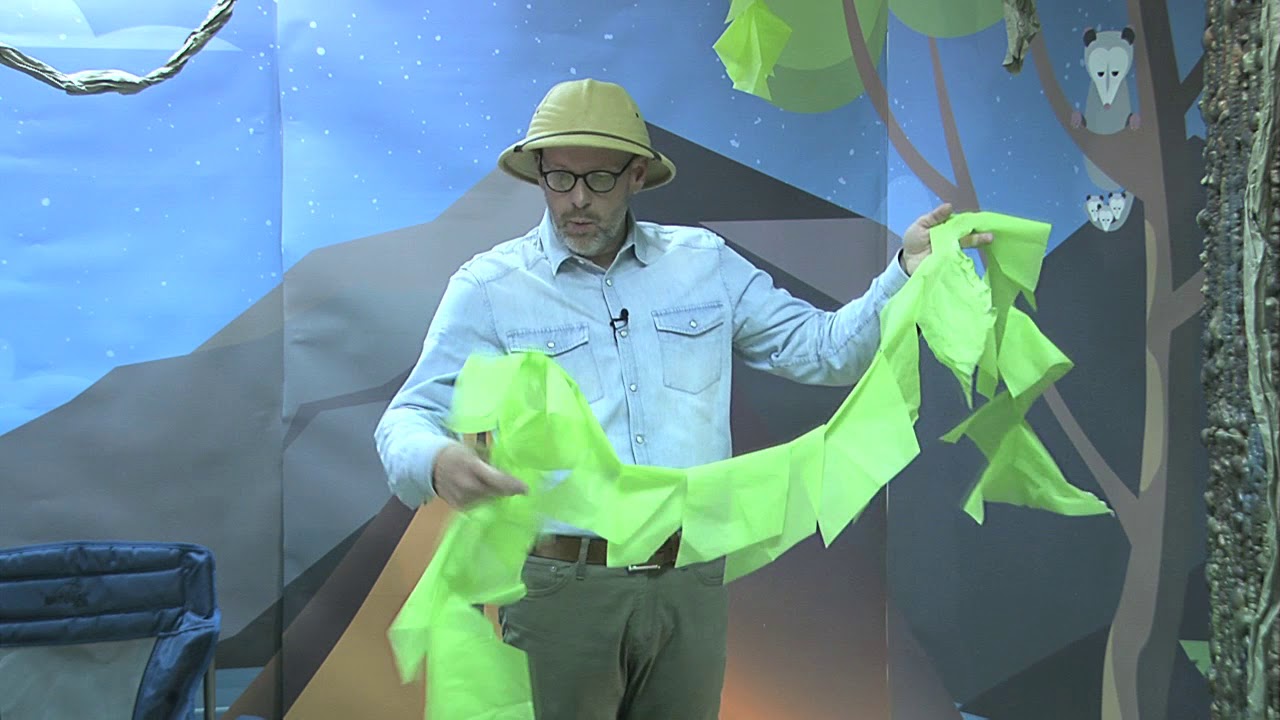
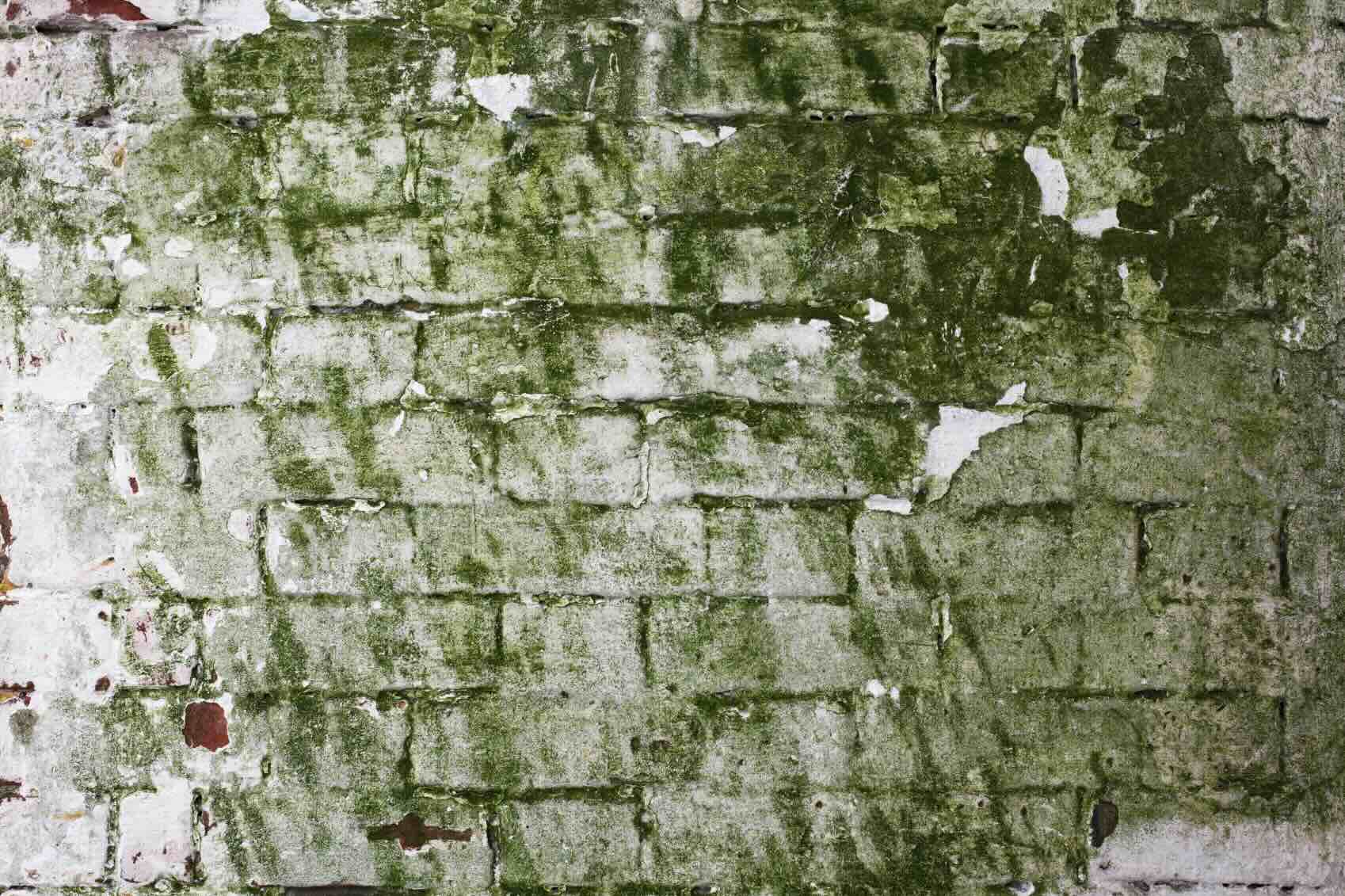
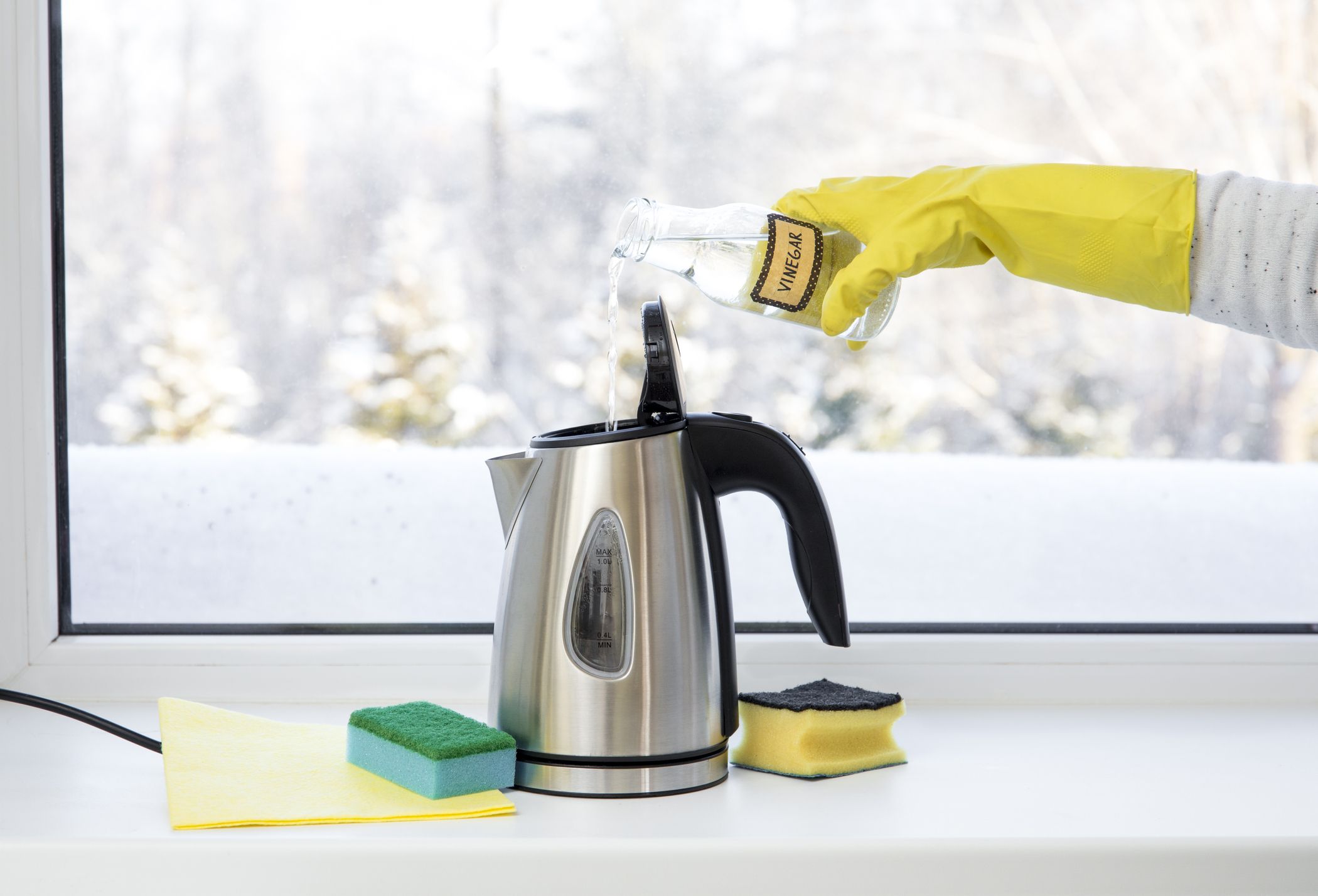
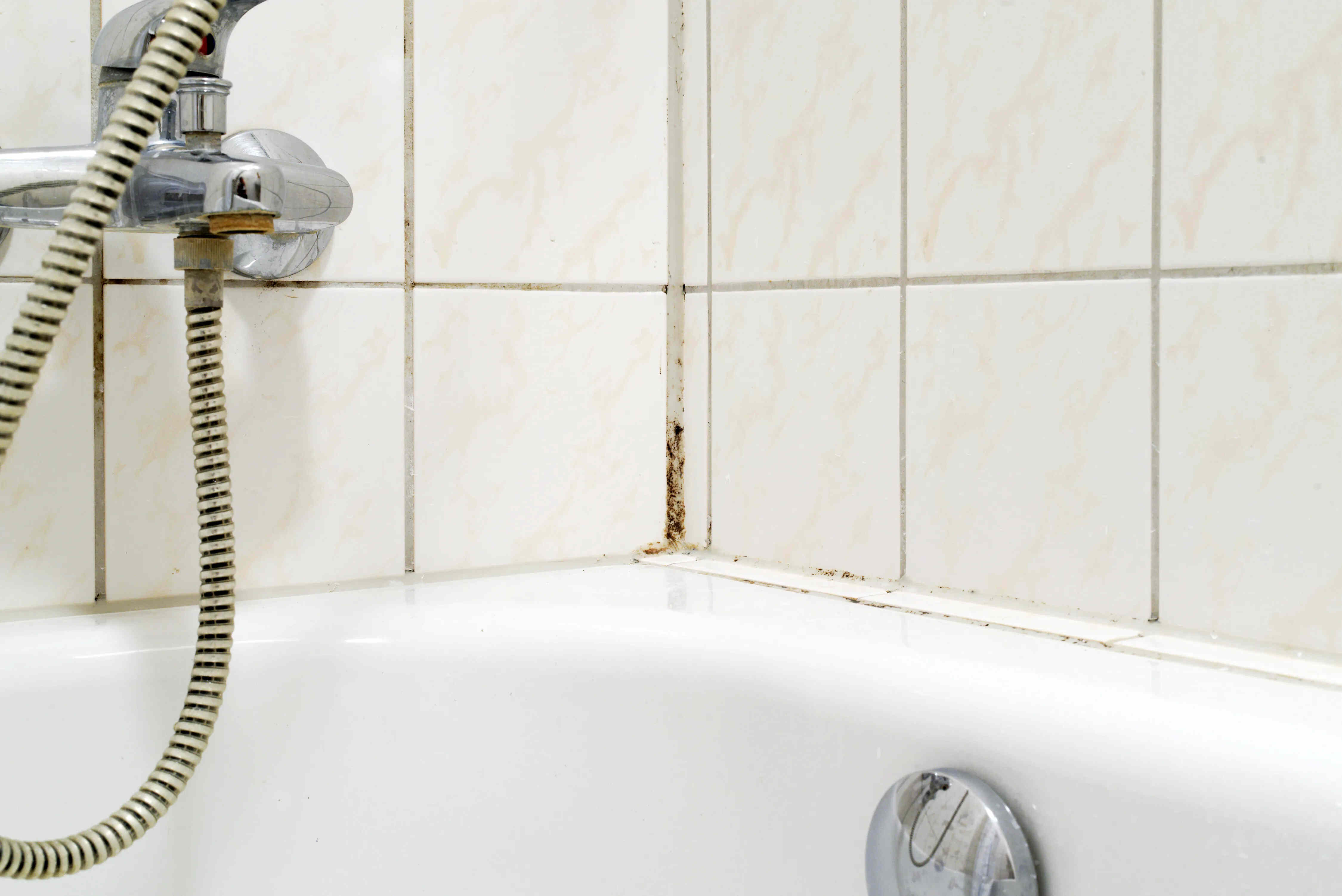
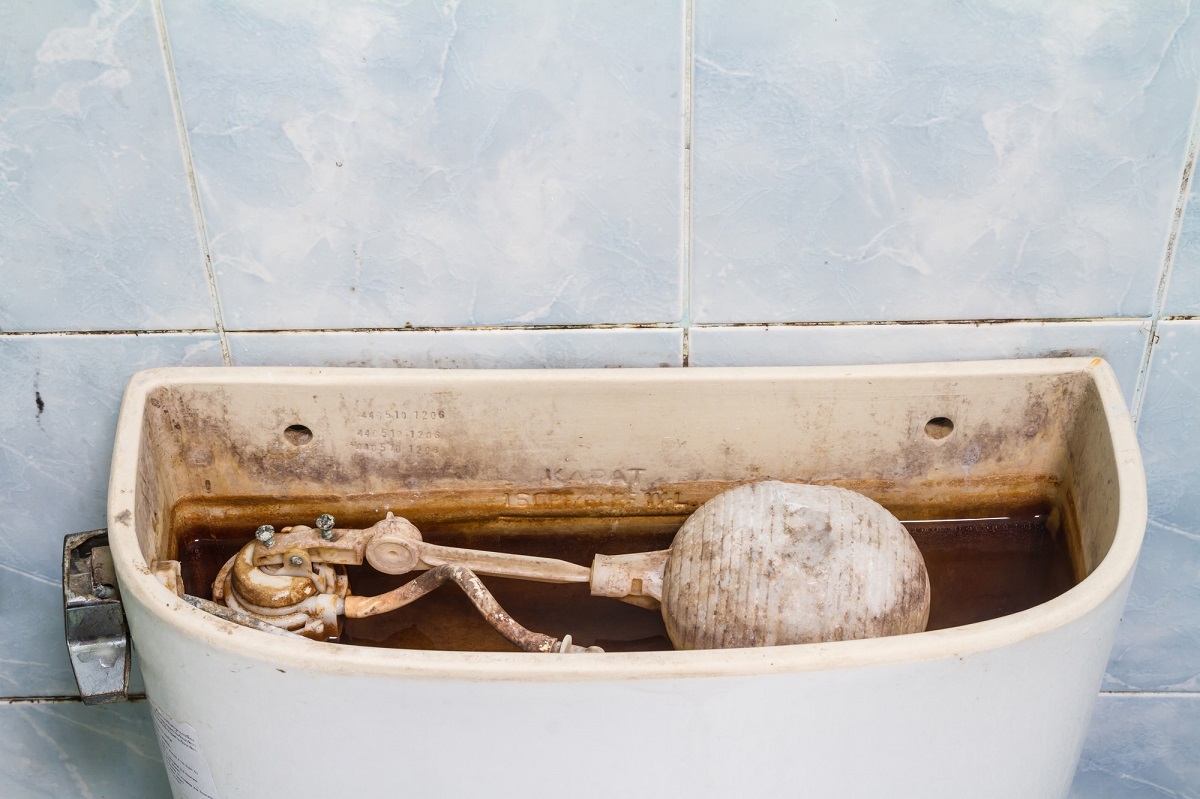
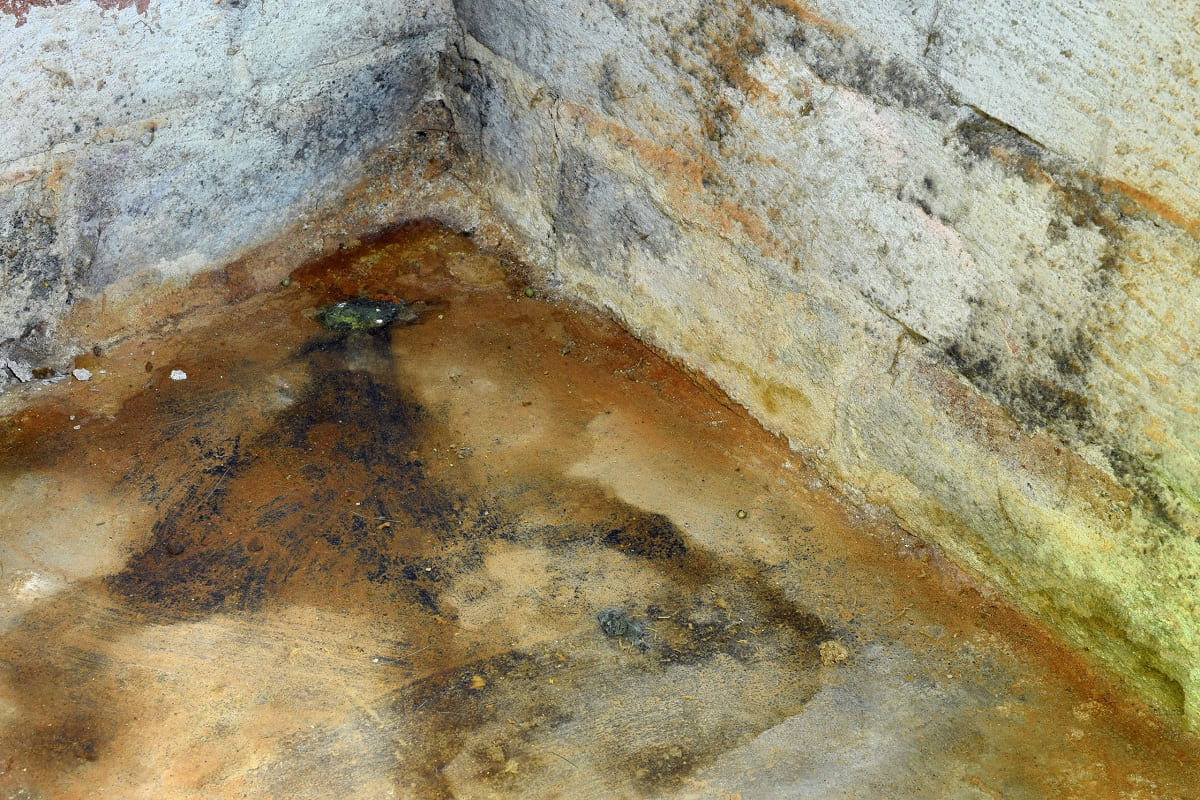
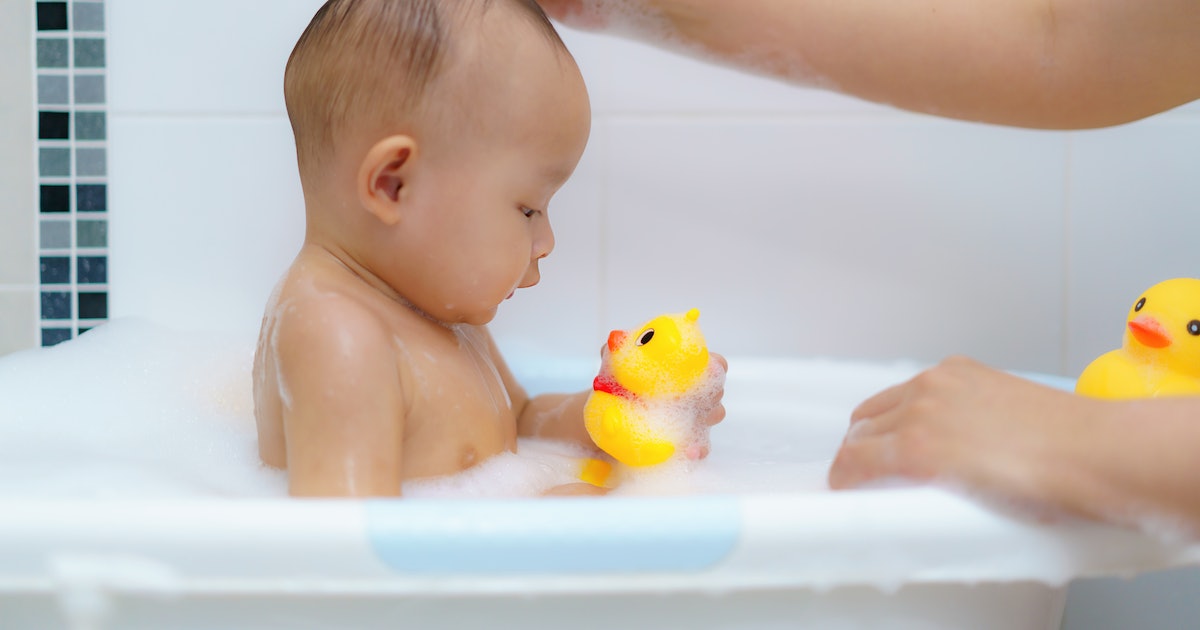
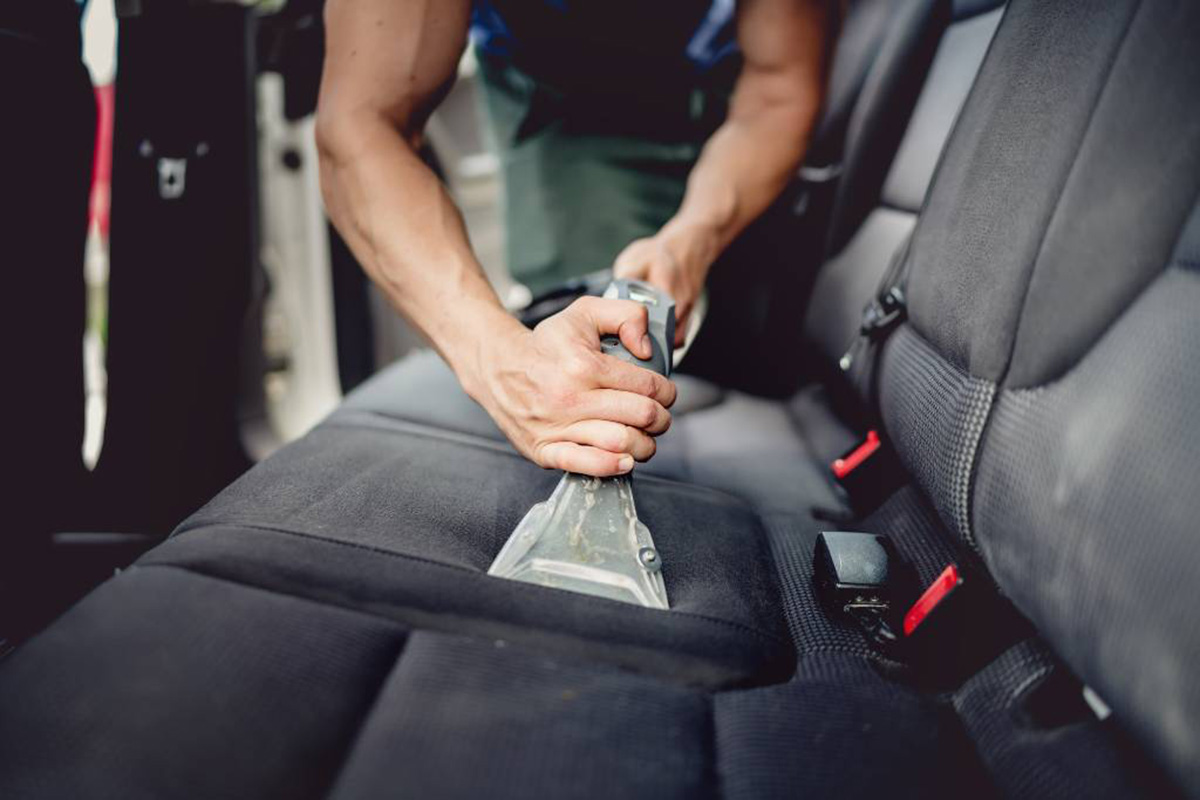

0 thoughts on “How To Get Mold Out Of Tablecloths”